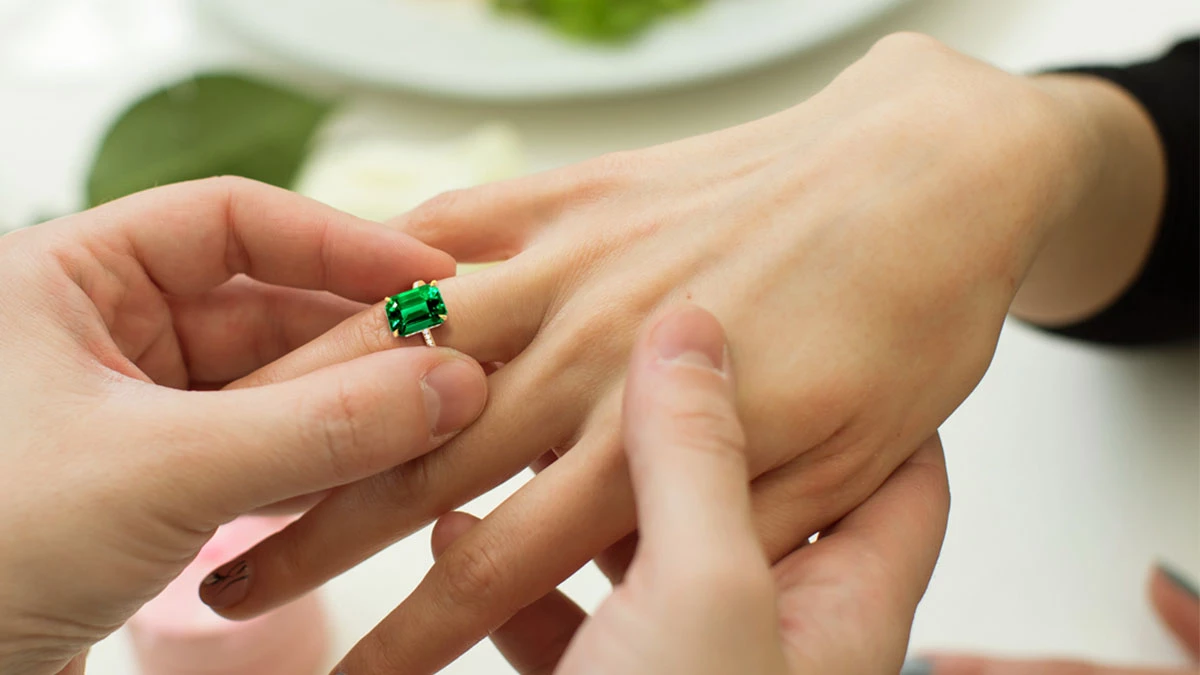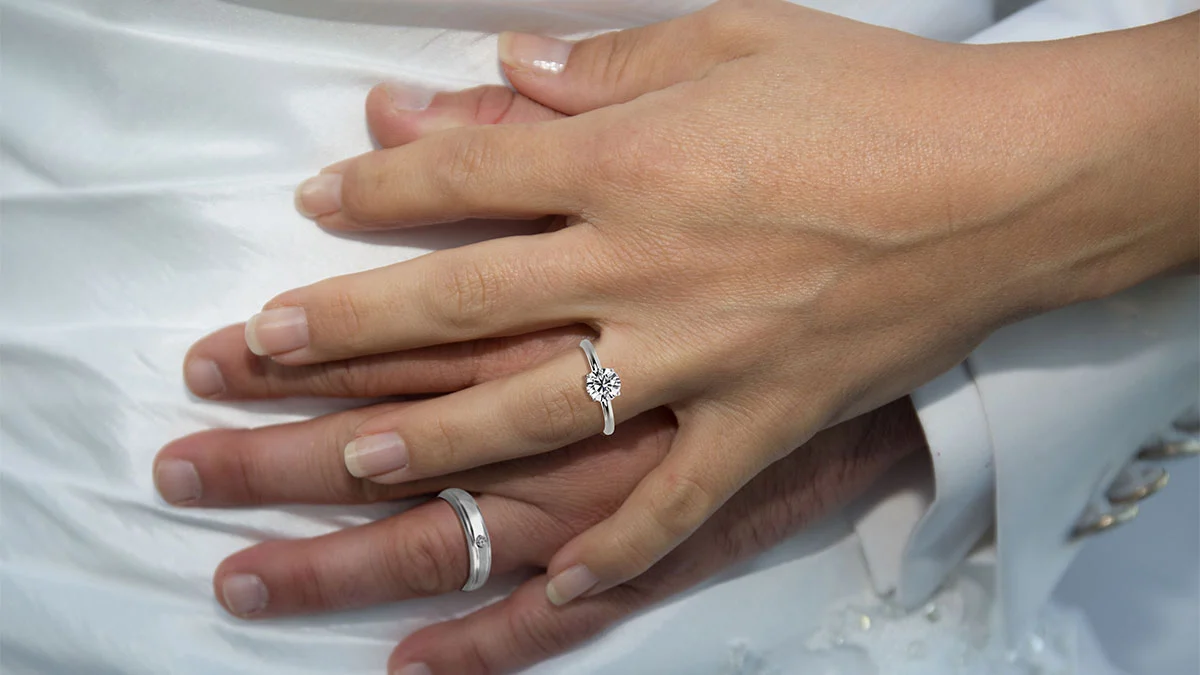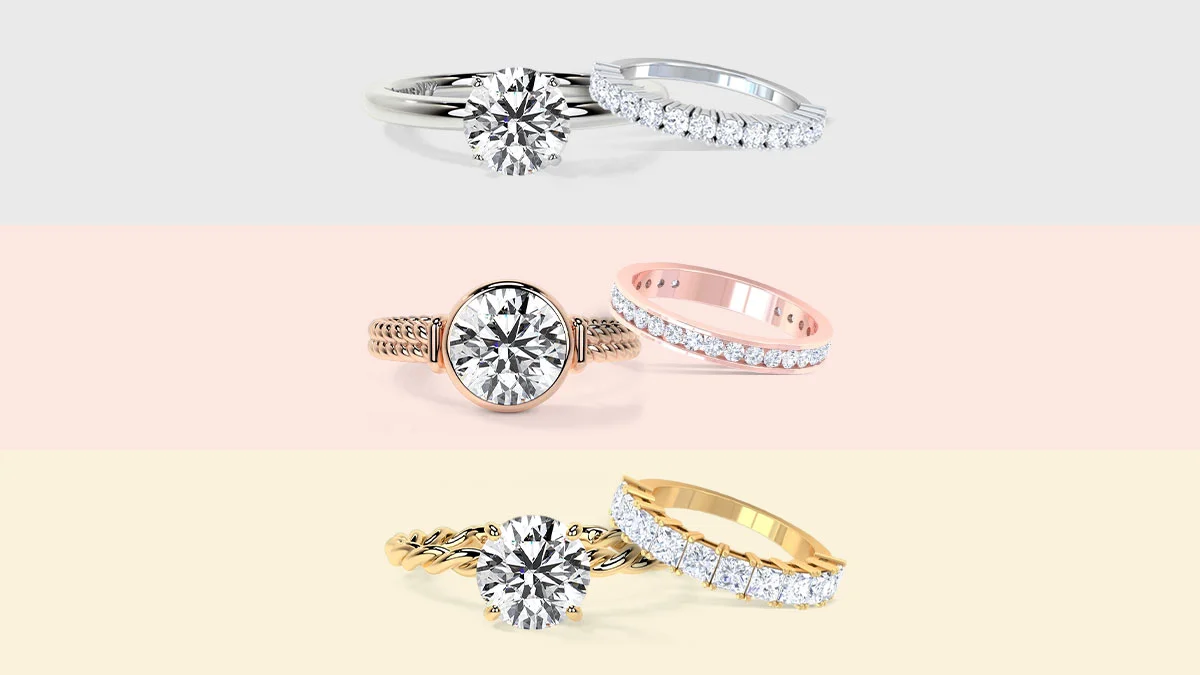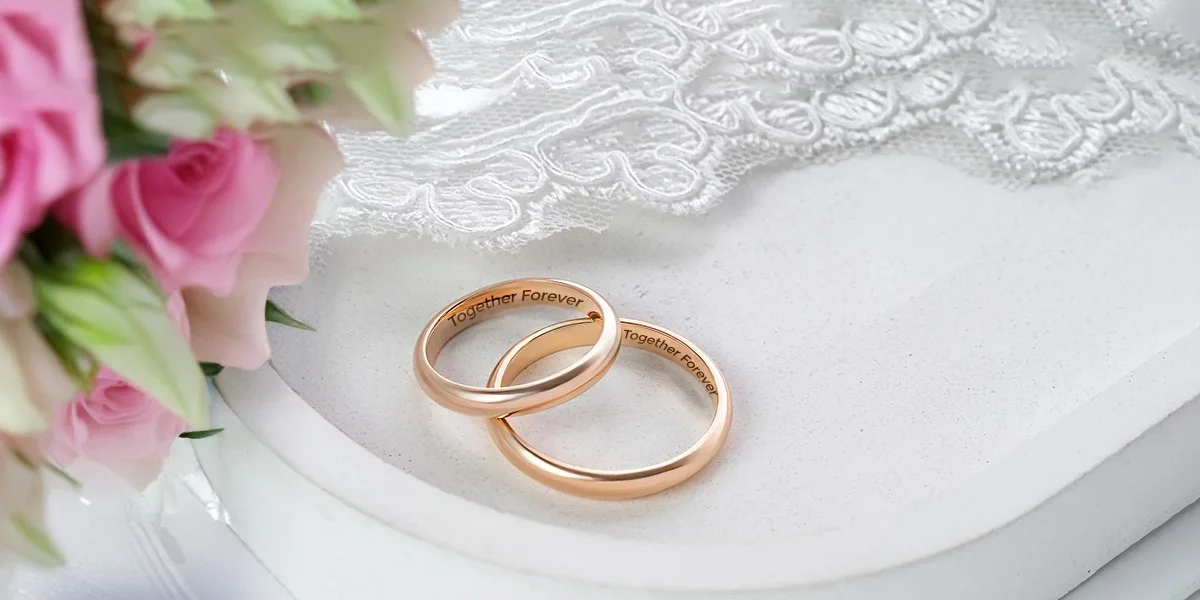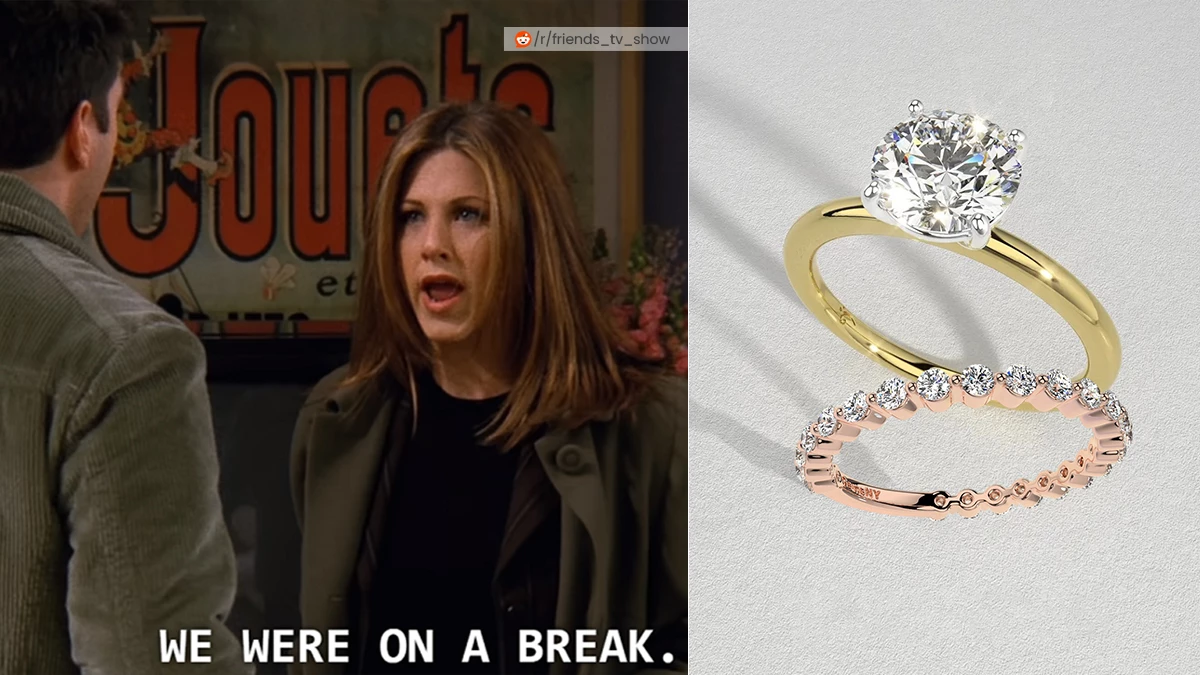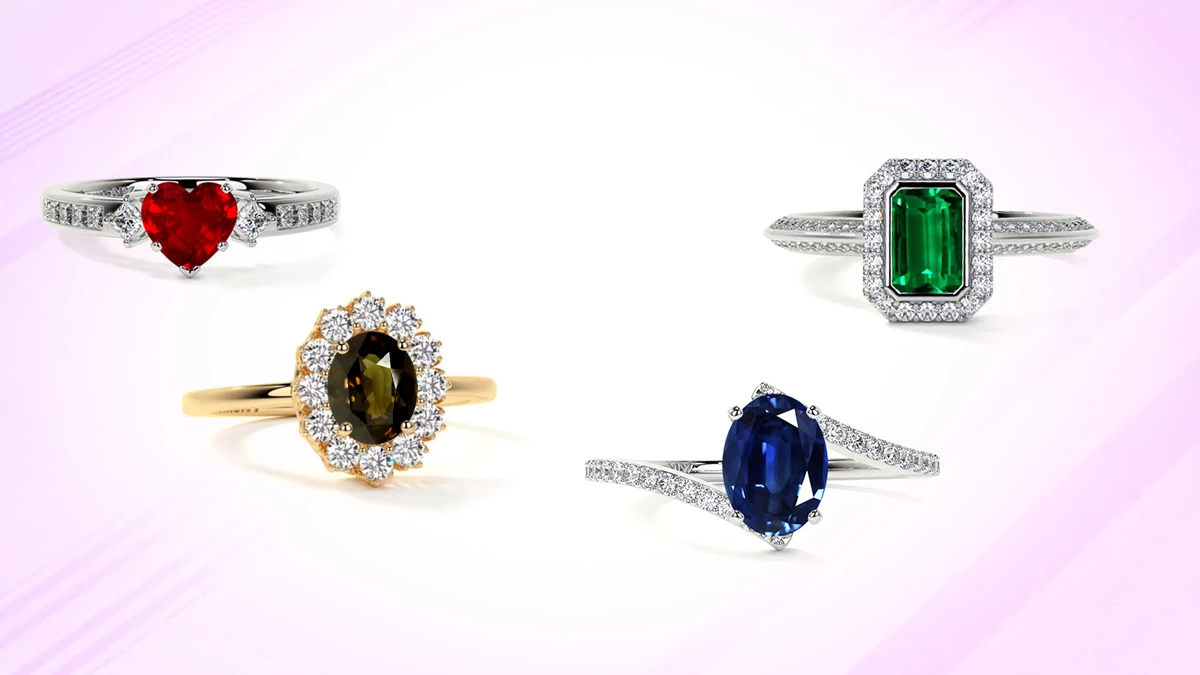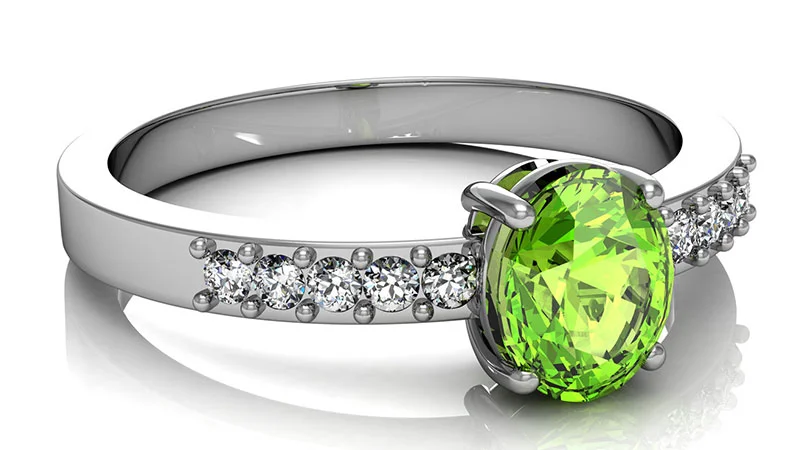Do you know what is one common secret behind all successful marriages? It is that the couple keeps falling in love with each other over and over. And guess what! A wedding ring is pivotal to espousing such feelings of love for a long long time. Would it then not make more sense to go an extra mile when you’re choosing such a timeless emblem for your relationship? I bet you’d agree. If you look at the rich history of wedding rings, dive deep into their cultural significance and see how they have evolved, you can find a true representation for your bond. After all, a wedding ring is far more than just a piece of ornament. So, let’s look at these jewels through a different lens and learn what all is there about them.
Symbolism of Wedding Rings
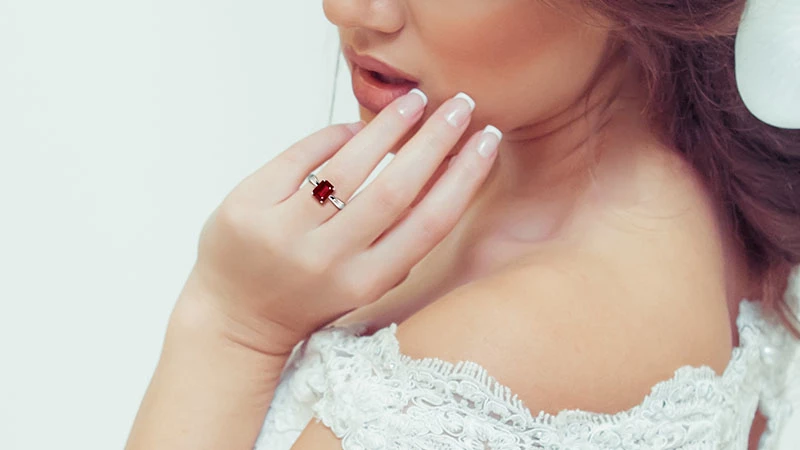
Wedding rings are not just jewels to celebrate togetherness; they carry deep symbolism. Their circular shape represents eternity and unending love. A wedding ring is worn on the fourth finger of the left hand. As per an ancient belief the ‘vein of love’ or ‘vena amoris’ directly ran from this finger to the heart. Wedding rings serve as a constant reminder of the commitment, love and bonding between spouses.
Ancient Origin of the Wedding Ring Custom
The tradition of exchanging rings as a symbol of marriage can be traced back thousands of years. Ancient Egyptians are believed to be among the first to wear wedding rings, considering the circle as a symbol of eternity and the ring as a representation of lasting love. They often used reeds or leather to craft these early rings.
Significance in Different Cultures
Wedding rings hold profound symbolic significance in various cultures around the world. Here are a few noteworthy examples:

1. Roman Culture: In ancient Rome, the wedding ring took on a more prominent role. The ring was typically made of iron, symbolizing strength and permanence. Romans also began engraving the rings. Symbols of love such as clasping hands, were engraved to make them a perfect token of love.
2. Western Culture: In Western countries, the tradition of wedding ring is inspired by Roman and Greek cultures. It is worn on the left hand’s ring finger, symbolizing fidelity, commitment and unity between two individuals in marriage. In Western culture, circular eternity bands are popular as wedding rings. They represent a rock-solid bond of love.
3. Celtic Culture: Celtic wedding rings often incorporate intricate artwork or Claddagh designs. The Claddagh ring originated in Ireland and it features two hands holding a heart, topped with a crown. The hands represent friendship, the heart represents love and the crown represents loyalty, making it a powerful symbol of love.
4. Chinese Culture: In Chinese weddings, couples exchange rings during the ceremony to signify their lifelong commitment. The rings are typically made of gold or platinum and often feature auspicious symbols of Chinese culture such as dragons or phoenixes. Some of these rings also feature engravings in the Chinese language, representing luck and prosperity.
5. European Renaissance Culture: Wedding rings of the European Renaissance were often more elaborate than their ancient predecessors. They were crafted with precious metals such as gold and silver and adorned with gemstones, enamel work, or intricate engravings. Popular gemstones used in these rings were diamonds, rubies, sapphires and pearls.
Something Extraordinary
One style that prevailed during the Renaissance was the “gimmel” ring. It is still popular among couples who want to add the charm of bygone eras to their love story. These unique wedding rings are made as three rings, which can be fixed together. Two separate rings are worn by the bride and groom from the time of their engagement until their wedding day. During the wedding ceremony, the two rings are joined together with the third one to create a single ring for the bride, symbolizing that the couple has tied the knot for life.
Another popular design was the “posy” ring, which featured a simple band engraved with romantic carvings or poems. These inscriptions often expressed love, devotion, or religious sentiments. Posy rings were cherished tokens of affection and served as reminders of the couple’s togetherness forever.
Evolution of Modern Designs
Let’s see how ring designs have evolved over time to reflect changing fashion trends, cultural influences and individual preferences.
1. Influence of Diamond Engagement Rings: The late 19th century marked the rise of diamond engagement rings because of a successful marketing campaign. Diamonds became synonymous with engagement rings and this influenced the designs of wedding rings as well. Specially, the iconic solitaire diamond ring, featuring a single diamond set on a band, became a popular choice as both wedding and engagement rings.
2. Art Deco Influence: The Art Deco movement of the 1920s and 1930s brought a shift in ring designs. Consequently, rings embraced geometric shapes, bold colors and intricate patterns. They featured vibrant gemstones such as emeralds, rubies and sapphires alongside diamonds.
3. Rise of Halo and Pavé Settings: In the mid-20th century, ring designs began to incorporate halo and pavé settings. Halo settings feature diamonds surrounding the center stone for a dazzling effect. Whereas pavé settings feature small diamonds set closely, running along the band. But if you want to stick to the tradition, bands are the best. They are mostly preferred in wedding sets where a matching band complements the ring.
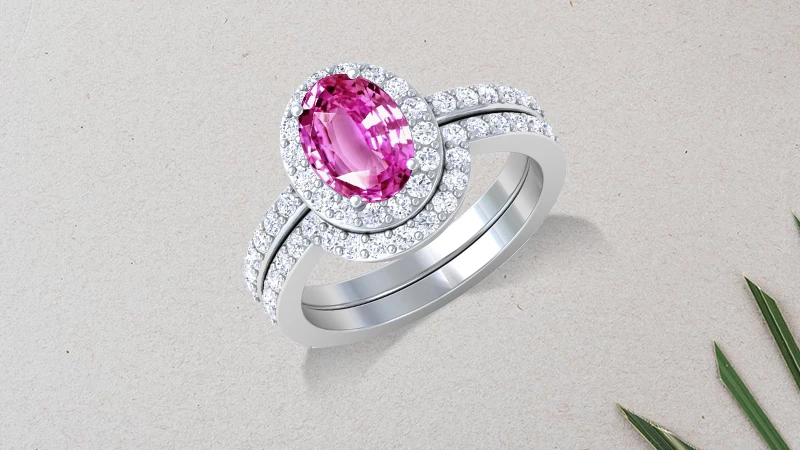
4. Unique Gemstone Choices: While diamonds remain a popular choice, there has been a resurgence of alternative gemstones. Couples are increasingly opting for unconventional gemstones like tanzanite, alexandrite, morganite and even black gemstones such as onyx to add a unique touch.
5. Customization and Personalization: many couples today seek to create bespoke pieces because customization lets them reflect their individuality and personal stories. To that end, they select specific gemstones, settings, metals and even go for engraving personal messages or symbols. At GemsNY, we have a user-friendly interface that enables you to customize your wedding ring and bring your creative ideas to life.
Parting Words
All in all this evolution showcases the ever-changing nature of design, fashion and personal expression. From the intricate gimmel rings of the Renaissance to the modern solitaire diamonds and unique gemstone choices, wedding rings for women and men will continue to evolve.
We hope you enjoyed touching the depth of various aspects of wedding rings. Now you are ready to make a well-informed decision of choosing a perfect memento for your relationship.
